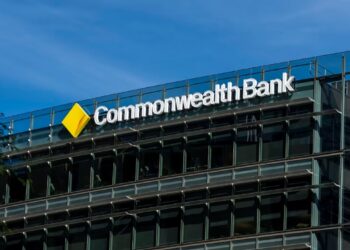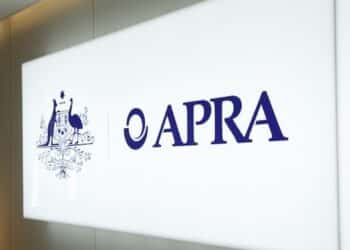In an announcement to the ASX, AMP said the result was largely due to higher margin compression from the MySuper fee reduction, weaker investment markets and the transition of clients to lower-cost, contemporary products such as MyNorth.
It said the reduced revenues were partially offset by lower controllable costs, while other revenue decreased largely due to advice impairments on the carrying value of client registers.
Further, it said it also acquired fewer minority stakes in advice practices than expected.
AMP also noted its net cash outflows of $3,968 million, up from $931 million in 2017, saying it reflected a number of factors including the reputational impact of the royal commission, particularly during the second half of 2018, and advisers’ focus on customer retention rather than new business.
Superannuation member contributions reduced compared to FY17 where flows benefitted from a one-off change to non-concessional caps and a significant corporate super mandate win.
In response to the results, AMP chief executive Francesco De Ferrari said 2018 has been a challenging year for AMP.
“Our core businesses have delivered resilient results, with continued growth in AMP Capital and AMP Bank offsetting the headwinds faced in Australian wealth management,” Mr De Ferrari said.
“The royal commission has been a confronting but valuable experience for the financial services industry and has served as a catalyst for change at AMP.
“We have undertaken board and leadership renewal, accelerated client remediation and sharpened our focus on delivering better value to customers including reducing fees on our MySuper products.”
AMP also revealed that the number of financial advisers in its core licensees in Australia went down by 4.6 per cent from last year.
In an investor presentation to the ASX, the number of advisers across AMP Advice, AMP Financial Planning, Charter Financial Planning and Hillross stood at 2,567 in December 2018.
This is down on December 2017 when AMP has 2,692 advisers in its network.
AMP said this was “largely due to exits from the industry including retirements”, as well as an “increased focus on reshaping the adviser network; shifting emphasis away from adviser numbers to productivity, professionalism and compliance”.
Further, it noted over the year the implementation of its education and training program for new advisers, Adviser Pathways.
Commenting on the result in a teleconference, Mr De Ferrari said a lot of the financial modelling in the past was really driven by the number of financial advisers.
However, based on his experience with this type of transformation in other advice markets, the quality of financial advisers is much more relevant than the absolute number.
“As this business increasingly becomes more difficult to run, I have seen a general trend of consolidation, where people who do financial advice on the side or have it as a part-time activity or would have a one-person practice, they would find it very hard to be able to comply with the new FASEA professional standards and all the other requirements [that come with] running a compliant advice business,” Mr De Ferrari said.
“If you want my outlook, my outlook will be that we will be able to really partner with a larger and more professionally-run advice practices in our network, and they will tend to consolidate some of the fringes.”
Mr De Ferrari was then asked if the future is that there might be fewer advisers in the network, but the arrangements that AMP has made with larger advice firms to be able to consolidate the quality of the advice is what will be the real change.
“That is correct,” Mr De Ferrari responded.







